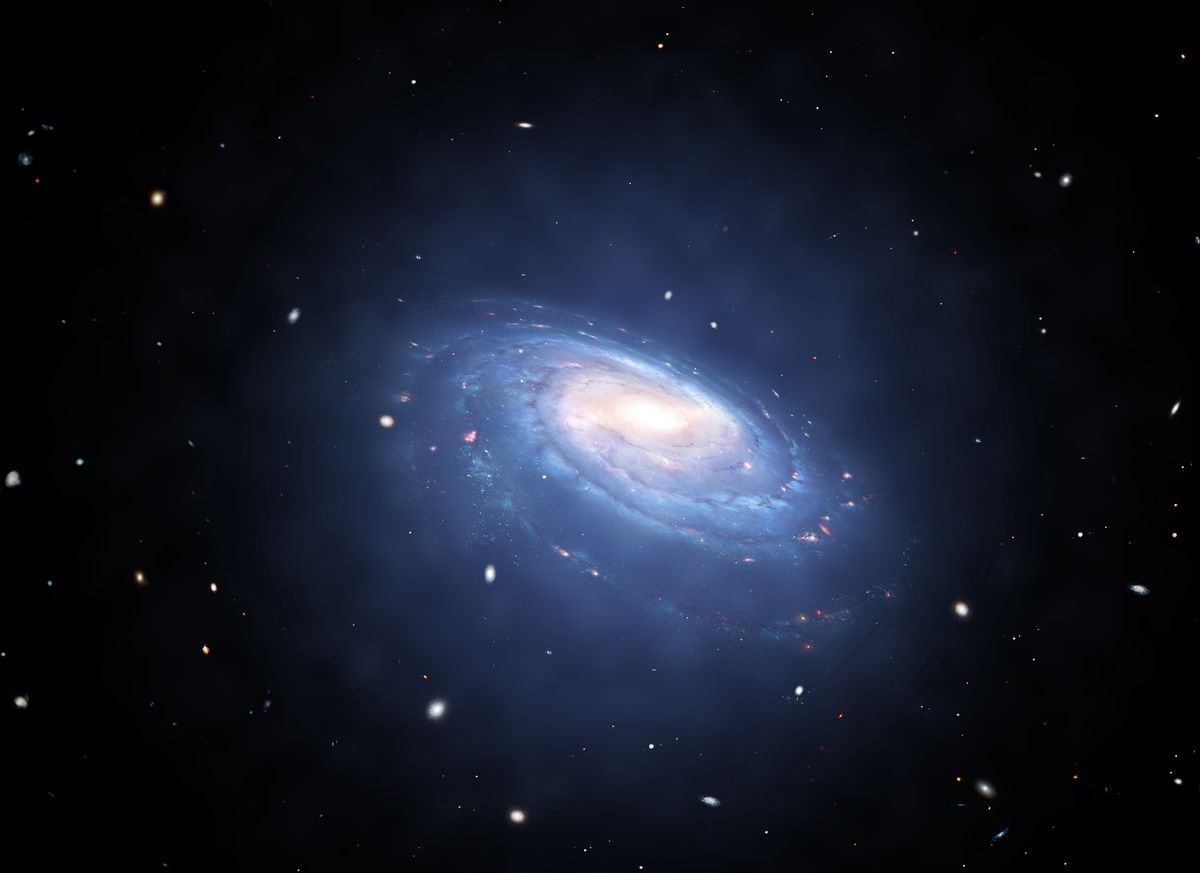Scientists are exploring the possibility of a ‘mirror universe’ as a potential explanation for the elusive dark matter that remains undetected in our universe. This theory proposes that dark matter exists in a parallel realm, where atoms failed to form during the Big Bang’s nucleosynthesis.

Dark matter is thought to make up about 85% of the universe and it has puzzled scientists due to its invisibility and resistance to detection. Traditional theories have fallen short in explaining its nature which leads researchers to consider alternative ideas. One such theory suggests the existence of a ‘dark mirror’ universe where dark matter resides.
In this hypothetical scenario, every interaction in our universe would have a corresponding interaction in the dark matter universe establishing a new kind of universal symmetry. While conventional matter in our universe consists of protons and neutrons with roughly equal mass, the ‘dark mirror’ universe may feature different properties, potentially leading to the formation of ‘dark neutrons’ instead of protons.
The concept proposes that these ‘dark neutrons’ could form bound states and larger nuclei during a hypothetical ‘dark Big Bang Nucleosynthesis.’ These nuclei, composed of pure ‘dark neutrons,’ could serve as valid candidates for dark matter.
This idea builds upon previous research suggesting the existence of a ‘dark periodic table’ with its own set of elements in the ‘dark mirror’ universe. While speculative, this theory offers a new perspective on the nature of dark matter and its potential origins.
Some scientists have proposed that stars composed of dark matter could exist in this alternate universe. These ‘dark matter’ stars might interact differently with normal matter, offering a potential means of observation. The existence of such stars remains uncertain, and their detection would require further investigation.
Leave a Reply